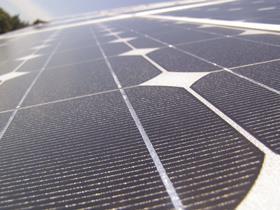Review of Renewables Obligation concludes with new band for solar panels on buildings

The government has increased support for medium-sized solar installations on buildings following its review of the Renewables Obligation.
The scheme gives firms Renewables Obligation Certificates (ROCs) for the renewable power they generate, which can then be traded in for a share of the cash paid by firms which fail to meet such obligations. But different renewable technologies attract different amounts of ROCs.
In September, the government proposed to lower support for large scale solar to 1.5 ROCs from its current level of 2 ROCs. But industry leaders have fought for the tariff to only be reduced to 1.8 ROCS.
Yesterday the government announced it would lower the subsidy to 1.6 ROCs and the planned reduction of the rate between 2013 and 2017 would be slower than previously proposed.
Plus, it created a new band for installations on buildings which will receive a higher subsidy of 1.7 ROCs. The government said the tariff would encourage “slow but steady deployment”.
Energy minister Greg Barker said the government had taken the decision because it had “listened to industry”.
“Our proposals for solar projects on commercial buildings will encourage businesses to consider solar PV as a serious option for meeting their power needs,” he added.
Paul Barwell, chief executive of the Solar Trade Association said there were “pros and cons” in the decision.
He said he was pleased the tariffs were higher than originally proposed and decreased more slowly. But he added: “It is difficult to understand why the government is aiming for ‘slow growth’ in this cost-effective technology when we have a challenging renewable energy target to meet.



























1 Readers' comment